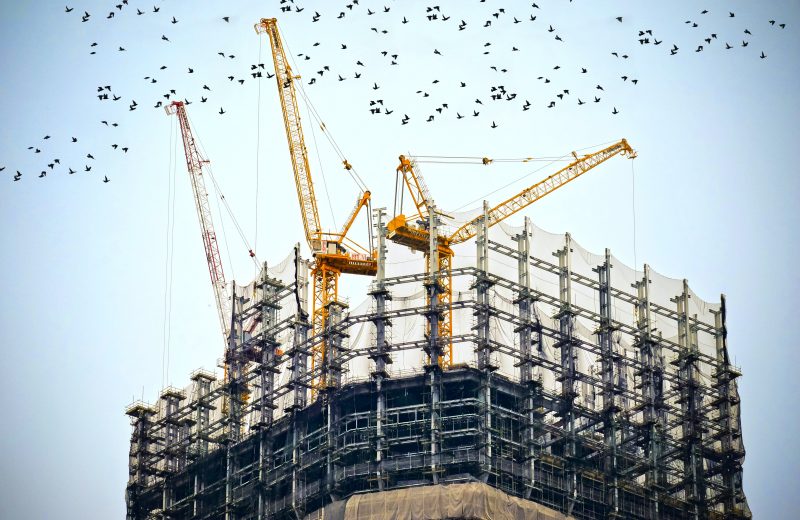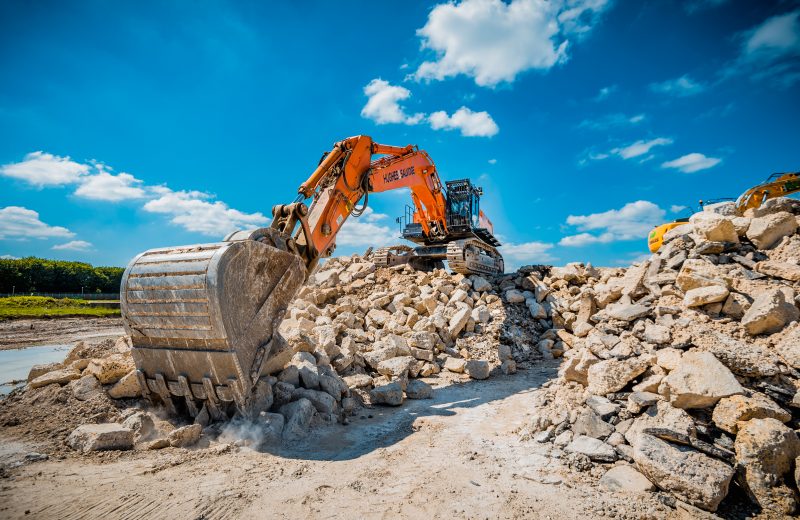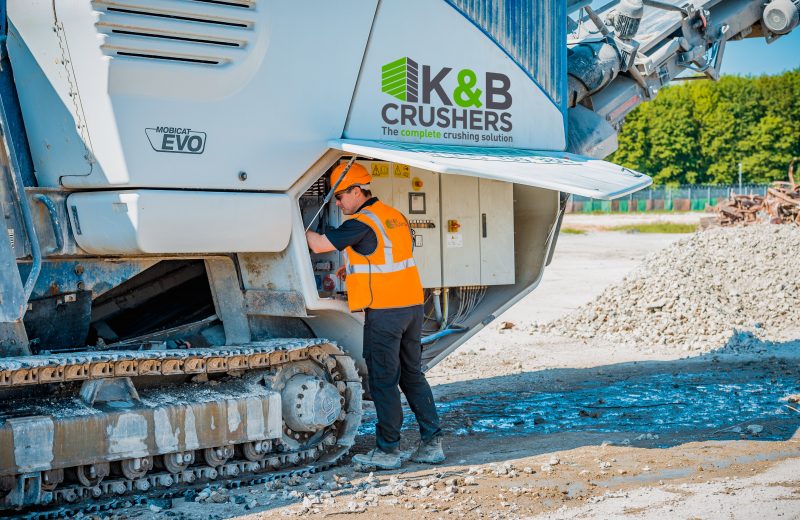What is a jaw crusher used for?
Jaw crushers are sometimes also referred to as “rock breakers’’. A jaw crusher is one of the main types of primary crushers and it is used to decrease large size rocks by placing the rock into compression.
This compression type crusher consists of both a fixed and moving jaw and focuses on the material reduction in many applications such as mining, demolition recycling and creates materials such as sand and gravel.
They are mainly used as primary crushers because they are great at crumbling some of the larger, harder materials into smaller, manageable pieces for further reduction by different crushing apparatus.
Since they are smaller in size, jaw crushers are a fantastic resource to use in compact spaces, such as mining underground and places where some other primary crushing solutions can’t quite reach.
Jaw crushers have plenty of advantages, such as:
- Creates fine materials from greater materials
- More efficient than other primary crushers
- Work with many types of materials with ease, without causing as much wear and tear as other impactful crushers.
- Easy maintenance
- Cost-efficient compared to other crushers
- Straight-forward operations
Different types, different uses
There are different types of Jaw Crushers. Depending on the requirements, jaw crushers are accessible in wheeled portable, track-mounted and stationary alternatives.
What are the different types of jaw crusher?
There are two main types of jaw crushers, individualised by their jaw movement techniques. These are single-toggle jaw crushers and double-toggle jaw crushers.
With single-toggle jaw crushers, the movable jaw relies on the support of an eccentric shaft driven by the pitman. The pitman is held in place by a toggle plate at the bottom of the moveable jaw and main body. This technique supports the moving jaw and ensures it revolves in an elliptical orbit. The revolving machine moves in a four-bar linkage movement. In this type of movement, the moveable jaw applies both pressure and friction, forcing the bigger materials to be crushed.
With double-toggle jaw crushers, the pitman sits on a fixed non-eccentric control shaft that is mounted at the top of the crusher. Also situated are two toggle plates, one placed on the left and one on the right, both linked to the pitman that is joined to the driven camshaft, which is a rotating object. The left toggle plate links to the jaw-supporting block, and the right is linked to the main body.
The double-toggle jaw crushers only apply pressure on the material itself. Double toggle jaw crushers are more expensive, but the life cycle is longer since they do not apply friction force. For cost efficiency, single toggle jaw crushers are mainly used in aggregates, while double toggle jaw crushers are used mainly for crushed high abrasive materials.
How do they work?
Despite the differences between the types of jaw crushers, all will have two jaws attached – one which is fixed and one which moves. The revolving movements of the movable jaw work to crush the rock, while the fixed jaw works as an opposing feature so the moveable jaw can move back and forward against the fixed jaw. The material feeds through from the top of the machine and is then compressed between the two – breaking into bite-size pieces with ease.
Mobile crusher hire from K&B Crushers
With our well maintained diverse fleet, K&B Crushers can provide a wide range of mobile crushing equipment to meet your requirements. By assessing your project, we will offer the correct concrete crusher hire to undertake the work in the most cost-effectively.
All of our crushers offer a board drive system, allowing for greater flexibility of optional crushing locations within a site boundary. With the flexibility of the mobility of these large machines, maximum site efficiency is achieved. We also offer productive advice to our clients on the most practical positioning of the crushing equipment, minimizing both dust and noise to the site and the surrounding vicinity.
Each mobile concrete crusher for hire is fully equipped with a dust suppression system. With a water supply, we can directly connect to each crusher to minimise dust and dampen down the crushed material as it is processed through the crushing equipment.
K&B Crushers holds a full EA permit for each crusher ensuring that our clients meet all the relevant regulations that are required when crushing on site. Regular tests and inspections are carried out on all our equipment to ensure safety measures. Get in touch with us to find out more.



